Hydrangea Trees: The Showstopping Shrubs That Will Make Your Garden
Hydrangea Trees: The Showstopping Shrubs That Will Make Your Garden
Hydrangeas are some of the most popular flowering shrubs in the world, and for good reason. They come in a wide variety of colors, sizes, and shapes, and they can add a touch of beauty to any garden. But did you know that there are also hydrangea trees?
Hydrangea trees are a type of hydrangea that has been trained to grow in a tree-like shape. They are typically taller and more compact than traditional hydrangea shrubs, and they can have a more dramatic presence in the landscape.
There are many different types of hydrangea trees available, but some of the most popular include:
- Limelight Hydrangea Tree is a white hydrangea tree that blooms in midsummer. The flowers start out green and fade to white as they mature.

- Quickfire Hydrangea Tree is a pink hydrangea tree that blooms in late summer. The flowers are a deep pink color, and they have a long bloom period.
- Endless Summer Hydrangea Tree is a blue hydrangea tree that blooms from early summer to fall. The flowers can change color depending on the pH of the soil.
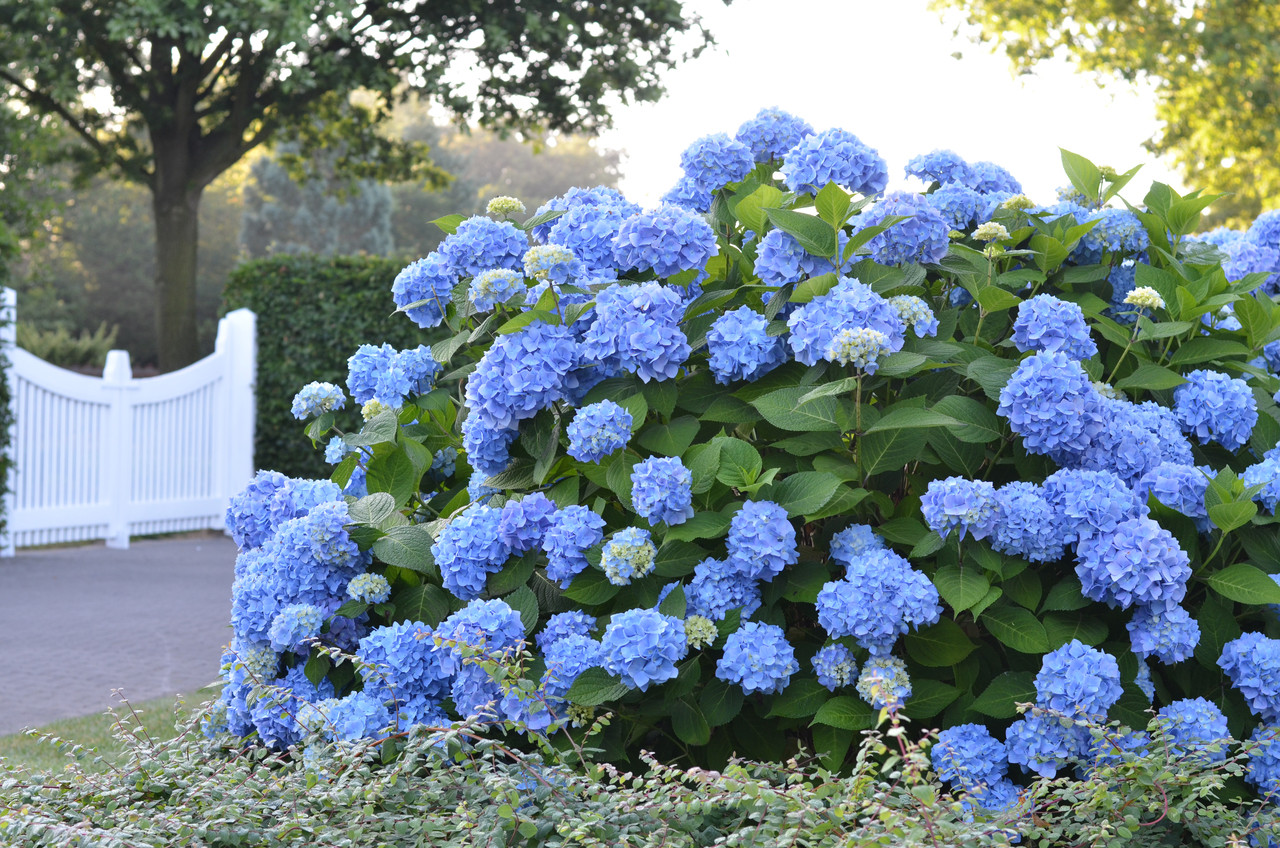
Hydrangea trees are relatively easy to care for, and they can be grown in a variety of climates. They prefer full sun to partial shade, and they need well-drained soil. Hydrangea trees are also relatively drought-tolerant, but they will benefit from regular watering during the summer months.
If you are looking for a showstopping shrub for your garden, a hydrangea tree is a great option. They are beautiful, easy to care for, and they can add a touch of elegance to any landscape.
Here are some additional tips for growing hydrangea trees:
- Plant your hydrangea tree in a location that gets full sun to partial shade.
- Amend the soil with compost or manure before planting.
- Water your hydrangea tree regularly, especially during the first year after planting.
- Fertilize your hydrangea tree in the spring with a balanced fertilizer.
- Deadhead spent flowers to encourage new blooms.
- Protect your hydrangea tree from winter cold if you live in a cold climate.
With proper care, your hydrangea tree will thrive and provide you with years of beautiful blooms.
Hydrangea trees are beautiful and versatile plants that can add a touch of elegance to any garden. They come in a variety of colors, including white, pink, blue, and purple. Hydrangea trees are also relatively easy to care for, making them a great choice for even the most novice gardener.
If you're interested in learning more about hydrangea trees, I recommend visiting . This website provides comprehensive information on hydrangea care, planting, and varieties. You can also find helpful articles on topics such as how to get the best colors from your hydrangeas and how to prune them properly.
I hope you'll visit today and learn more about these amazing plants!
FAQ of hydrangea trees
1. What are the different types of hydrangea trees?
There are many different types of hydrangea trees, but some of the most popular include:
- Panicle hydrangeas are known for their large, cone-shaped flowers that bloom in late summer and early fall.
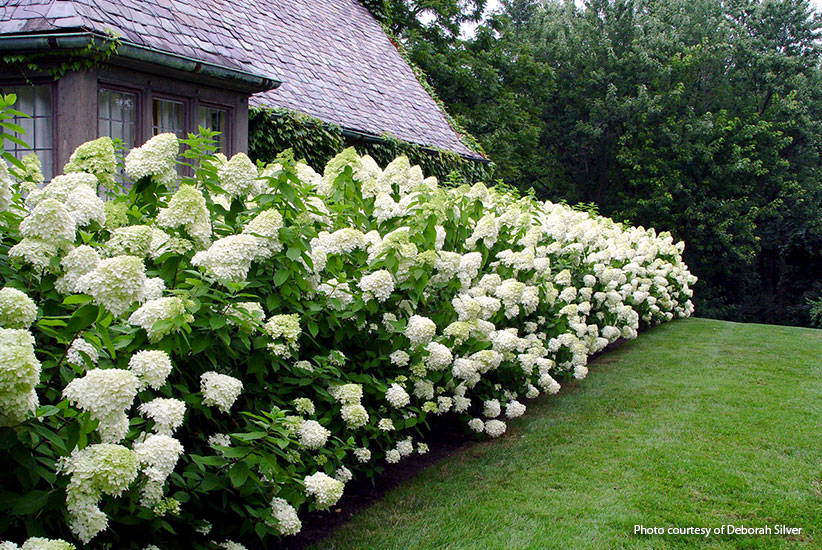
- Mophead hydrangeas have large, round flowers that bloom in late spring and early summer.
- Smooth hydrangeas have smaller, lacecap flowers that bloom in late spring and early summer.

- Tree hydrangeas are large, deciduous shrubs that can grow up to 20 feet tall.
- Akadama hydrangeas are a type of hydrangea that is native to Japan. They are known for their small, white flowers that bloom in late spring and early summer.
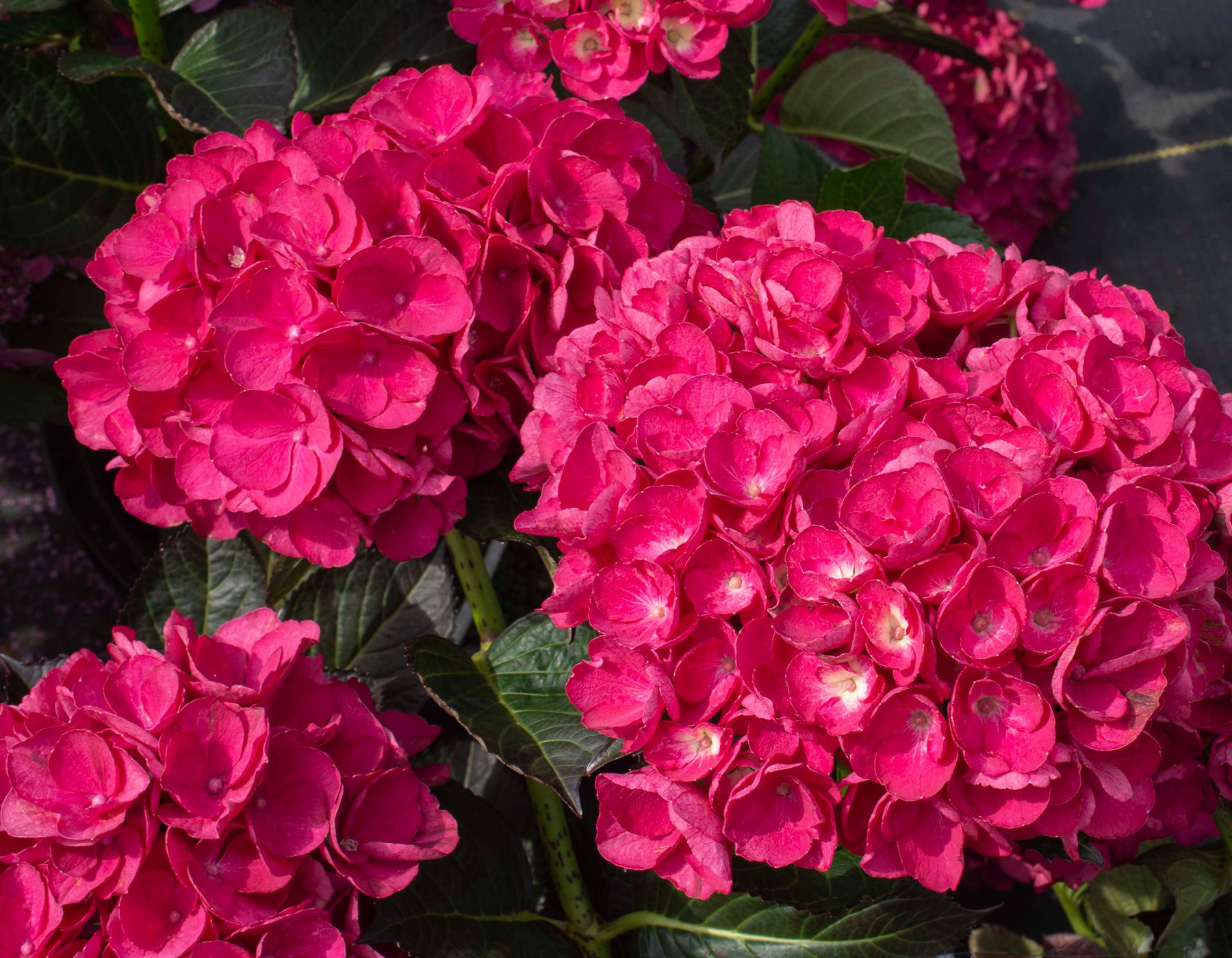
2. How do I care for a hydrangea tree?
Hydrangea trees are relatively easy to care for, but they do require some basic care. Here are some tips on how to care for a hydrangea tree:
- Plant your hydrangea tree in a location that receives full sun or partial shade.
- Water your hydrangea tree regularly, especially during the first year after planting.
- Fertilize your hydrangea tree in the spring with a balanced fertilizer.
- Prune your hydrangea tree in the spring to remove dead or damaged branches.
3. What are some common problems with hydrangea trees?
Some common problems with hydrangea trees include:
- Leaf spot: This is a fungal disease that causes brown or black spots on the leaves.
- Pests: Hydrangea trees can be susceptible to a variety of pests, including aphids, scale, and spider mites.
- Drought stress: Hydrangea trees are susceptible to drought stress, so it is important to water them regularly.
- Winter damage: Hydrangea trees can be damaged by cold weather, so it is important to protect them from the cold in winter.
4. How do I deadhead hydrangeas?
Deadheading hydrangeas is the process of removing spent flowers. This helps to promote new flower growth and keep the plant looking its best. To deadhead hydrangeas, simply pinch off the spent flowers with your fingers.
5. What is the best time to plant a hydrangea tree?
The best time to plant a hydrangea tree is in the spring or fall. This gives the tree time to establish its roots before the hot summer weather or cold winter weather.
Image of hydrangea trees
- Hydrangea paniculata tree in full bloom. The large, conical flowers are a beautiful shade of pink.
- A hydrangea tree in a pot on a patio. The tree is covered in white flowers, which are in stark contrast to the dark green leaves.
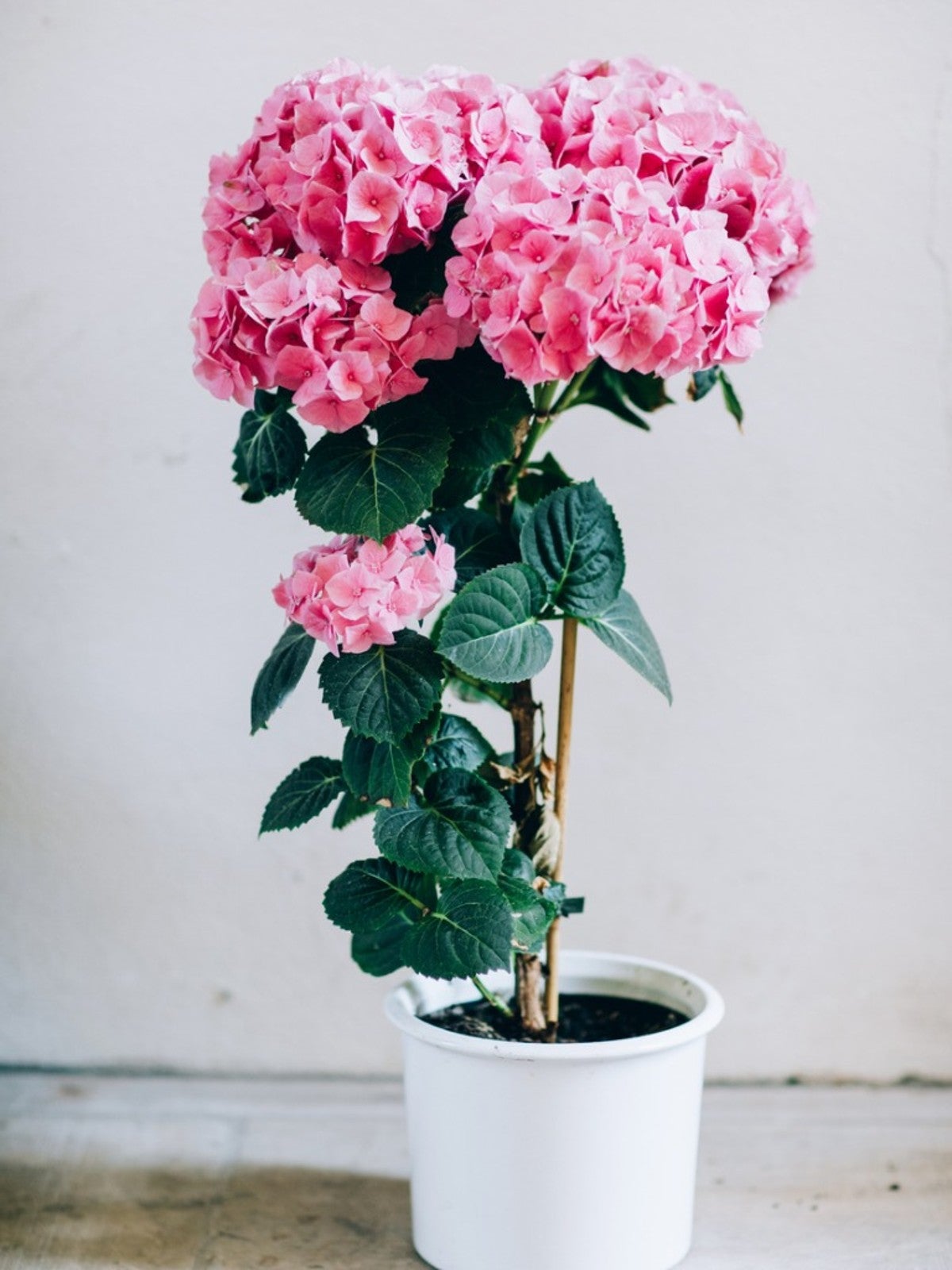
- A group of hydrangea trees in a garden. The trees are all different colors, creating a beautiful visual display.
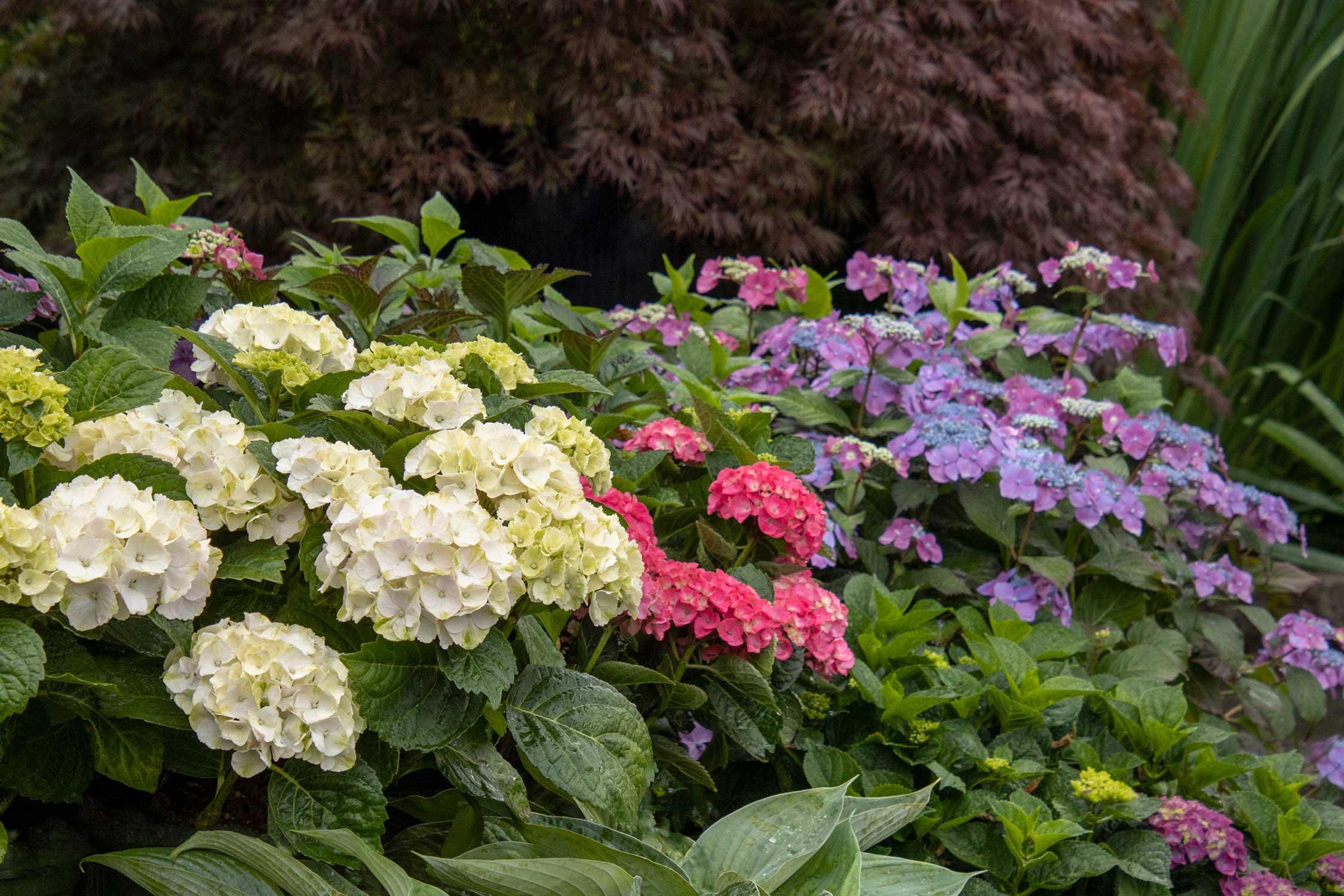
- A close-up of a hydrangea flower. The flower is a beautiful shade of blue, with a delicate white center.

- A hydrangea tree in the fall. The leaves of the tree have turned a beautiful shade of red, which complements the blue flowers.
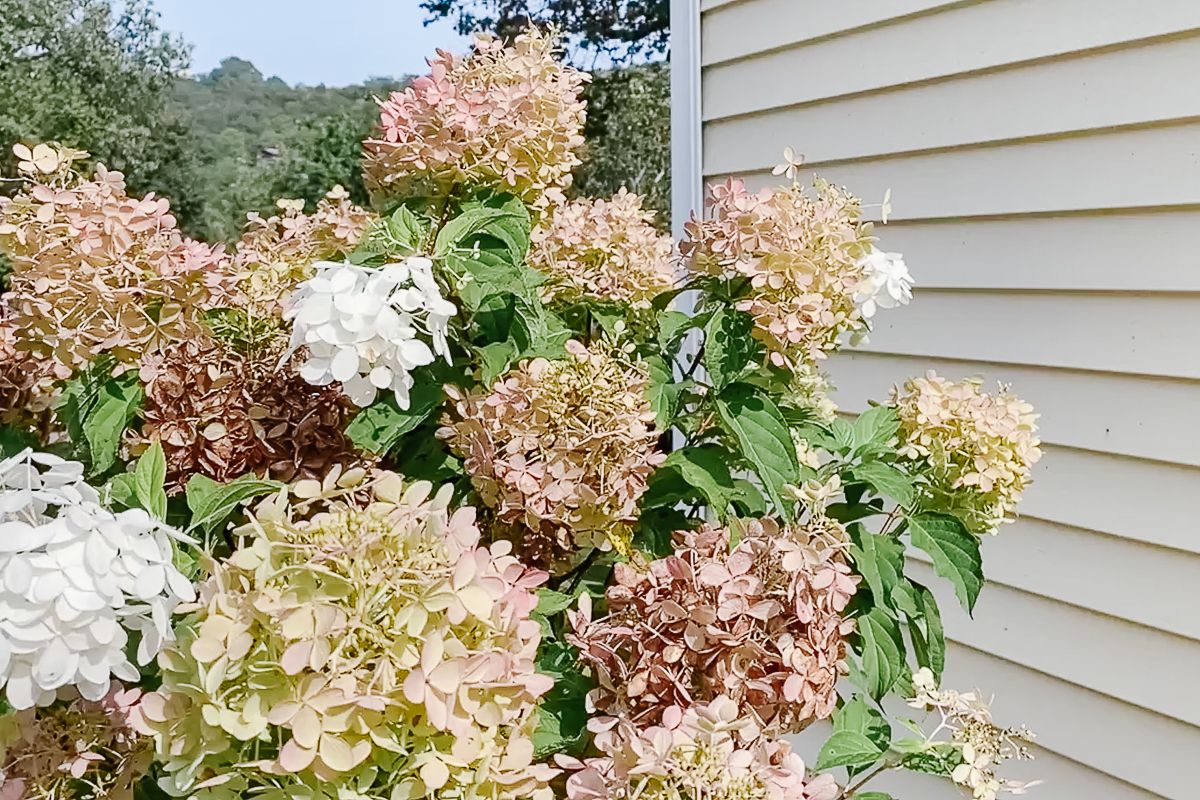
Post a Comment for "Hydrangea Trees: The Showstopping Shrubs That Will Make Your Garden"